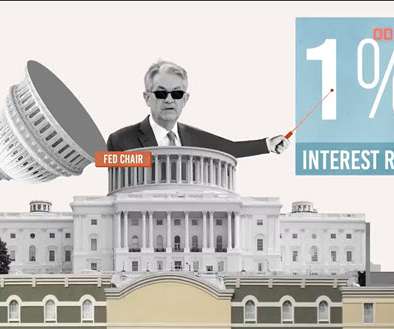The Edtech Revolution: 2010 – 2017
Securly
FEBRUARY 14, 2017
Now, we know that edtech has been proven to improve test scores and overall classroom engagement. But, how does the 2010 vision for edTech match what’s actually happening today? However, it was the Chromebook (2011) that truly revolutionized 1:1. Globally, edtech spending is predicted to reach $252 Billion by 2020.





















Let's personalize your content